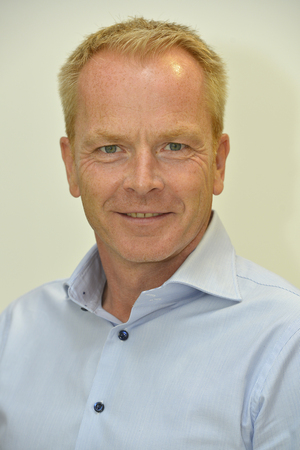Governments around the world are attempting to ensure equitable distribution of connectivity to all people and places. For example, the United States FCC launched a 5G Fast Plan for nationwide coverage, calling on the private sector to raise its game to match these lofty ambitions.
The UK Government also sees nationwide access to fibre and 5G as essential to its ‘levelling up’ agenda to drive regional equality. With connectivity now as vital an enabler as the electricity networks that powered the second Industrial Revolution, superfast broadband can spur major economic and social progress but only if it reaches all the people and places that will need it. Christian Wirth, general manager, Europe at IQGeo reports.
The need for ‘connectivity for all’
Future telecoms infrastructure will need to be reconceived around ‘connectivity for all’ to power productivity and progress just as national infrastructure was once reconfigured around extending electricity to all. As the post-COVID economy is reshaped around increased remote working this will also produce a greater need for better connectivity in homes as well as businesses. Ensuring equality of coverage nationwide will be vital to both achieving regional economic equality and expanding the market for telecoms operators.
Equality of access requires a cost-effective way of ensuring the widest possible coverage at the lowest cost and risk to reach remote rural populations. The challenge is such that the UK telecoms sector already believes the government will fail to meet its target of connecting 85% of the country to ultrafast gigabit broadband by 2025.
A distributed network demands a consolidated view
An accurate and current view of network assets plays a strategy role in these overall targets. This is a major challenge because many telecoms operators hold incorrect or incomplete records of existing assets. Telecoms maps are often outdated and are not overlaid with geospatial data on nearby 5G-dependent infrastructure, from smart motorways to smart cities.

All too often telecoms operators do not know the location of all existing network assets in relation to the homes and businesses they currently connect to. Legacy GIS infrastructure and physical network maps are based on old information rather than real-time data. Few of them interface with the full array of employee devices or ‘Internet of Things’ sensors in the field. In a sense, fibre and 5G network data has not caught up with the potential of these technologies.
This network data gap can make it difficult to see where more infrastructure investment must be targeted to maximise the number of household and business connections and reach the widest future market at the lowest cost. It hampers efforts to identify the locations with the greatest need and commercial viability for new networks.
Precise geospatial data on the intersection of networks and neighbouring infrastructure is also critical to de-risk new infrastructure investment and ensure that 5G antennae or full-fibre cables can be positioned to mitigate potential risks and avoid hazards.
Future-proofing the network with live geospatial data
Companies such as TELUS are now replacing fragmented, outdated network data with dynamic, decentralised geospatial systems that capture a consolidated view of their network assets that can be shared with stakeholders across the business. These systems draw on live data from any sensors or even employee smartphones in the field to continuously update asset records.
This enables organisations to quickly identify gaps in provision and visualise the relationship between present or planned networks and nearby infrastructure. They can quickly and accurately target repairs and upgrades as well as manage construction processes. These telecoms operators ’field-source’ live data from construction and maintenance crews to optimise or extend existing networks to maximise coverage and commercial returns.

They can also match network data with information from other sources to help model future needs and plan new provision. For example, a company could incorporate internal geospatial and tax records to find the most low-cost locations for new network assets.
Statistics on planned new ‘freeports’ or business parks could be merged with existing network data to find the most cost-effective way of extending the grid to capture lucrative new markets. In future, these systems could also create ‘predictive’ telecoms grids that can anticipate hazards, repairs or upgrades in advance.
Linking location with network on a national level would drive holistic planning of future networks, ensuring complementary coexistence with neighbouring infrastructure to achieve nationwide coverage and maximise ROI.
Tobler’s First Law of geography states “everything is related to everything else, but near things are more related than distant things”. The key to achieving nationwide access to highspeed broadband is for telecoms operators to truly understand the relationship between their networks and all the local people and places that depend on them.
The author is Christian Wirth, general manager, Europe at IQGeo.
Comment on this article below or via Twitter: @VanillaPlus OR @jcvplus






